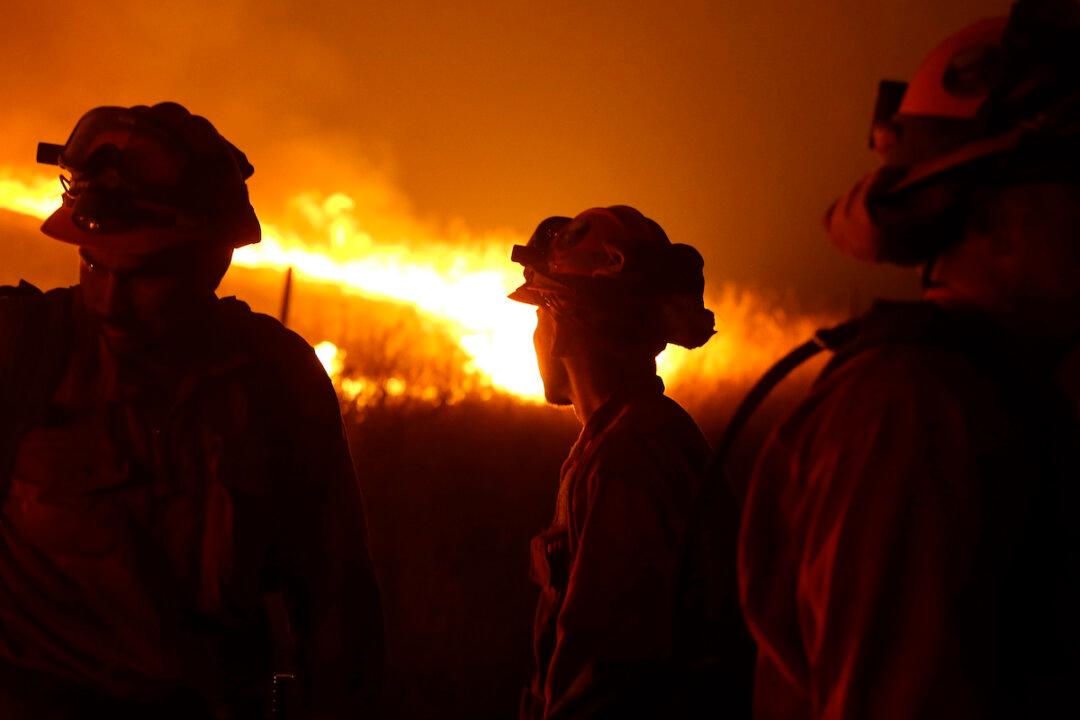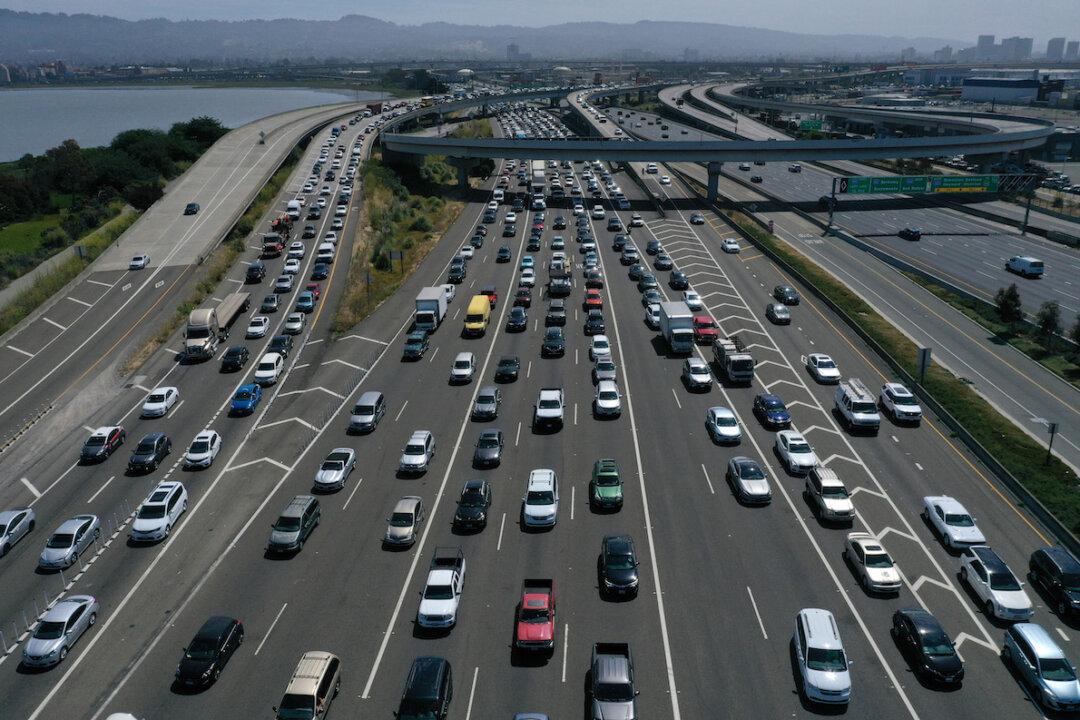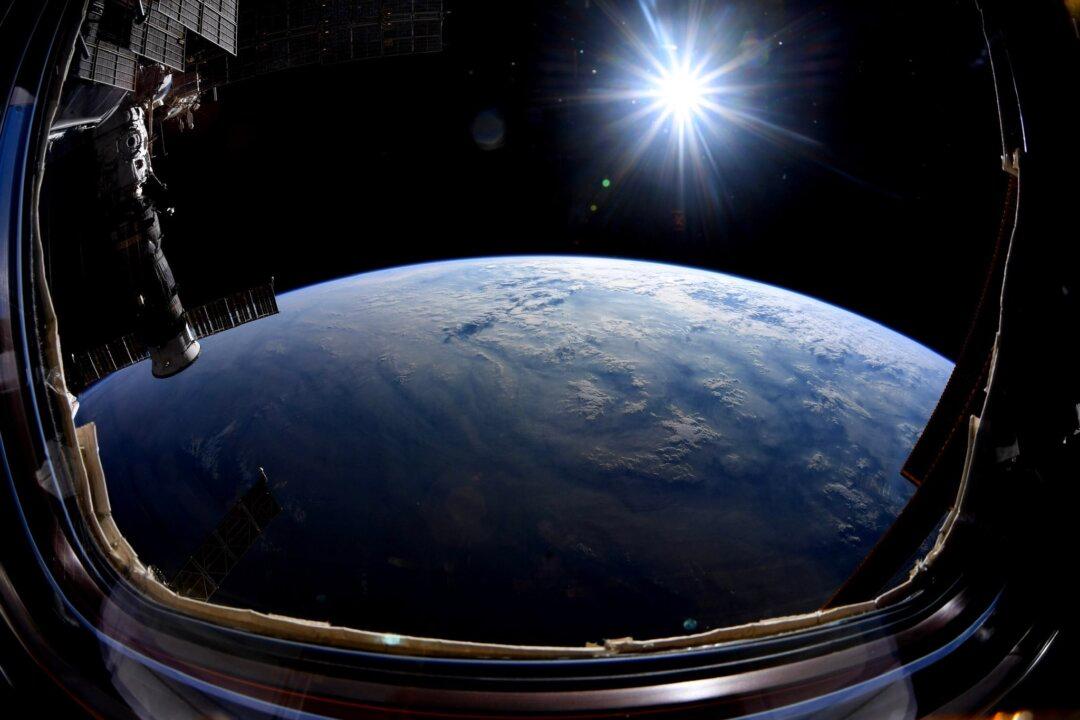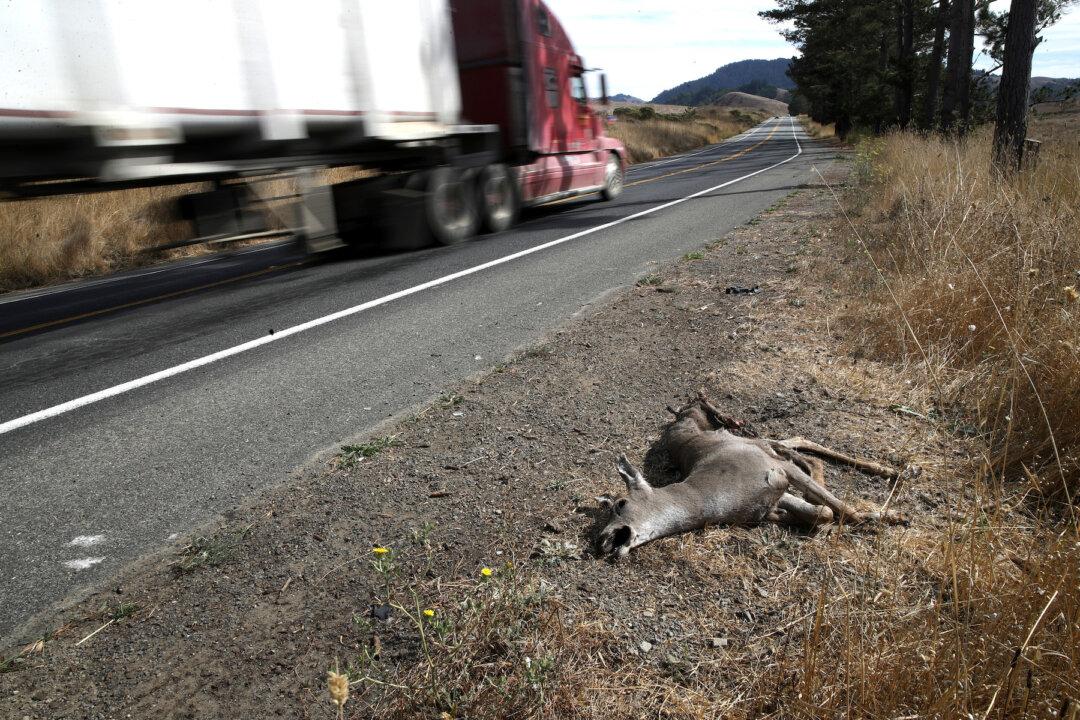With California’s wildfire season in full swing, the state is preparing for the worst while reflecting on recent disasters.
According to the California Department of Forestry and Fire Protection (CalFire), in 2017 and 2018, California experienced the “deadliest and most destructive wildfires in its history.” Those fires killed more than 100 people, destroyed tens of thousands of structures, and burned nearly 2 million acres.




